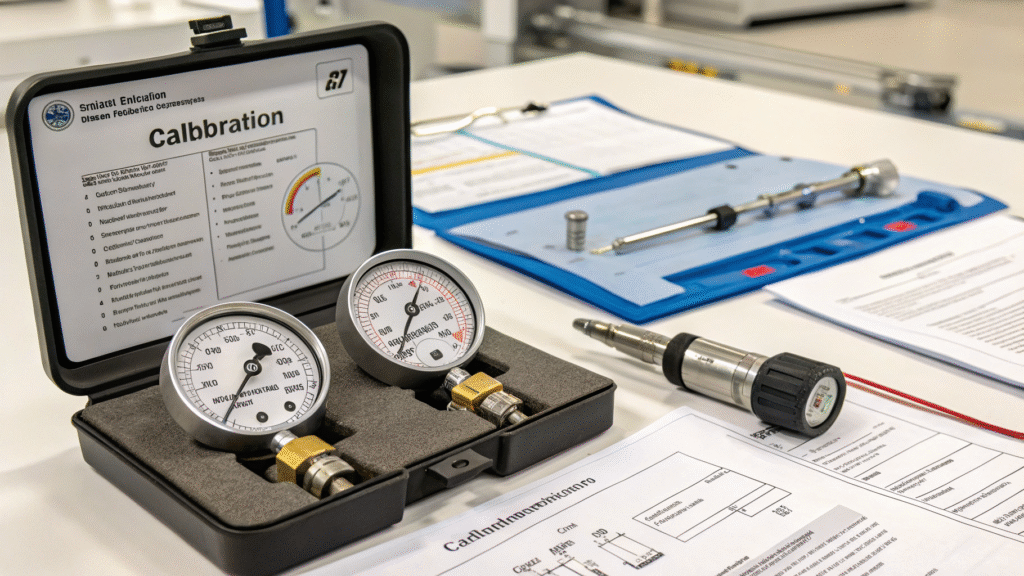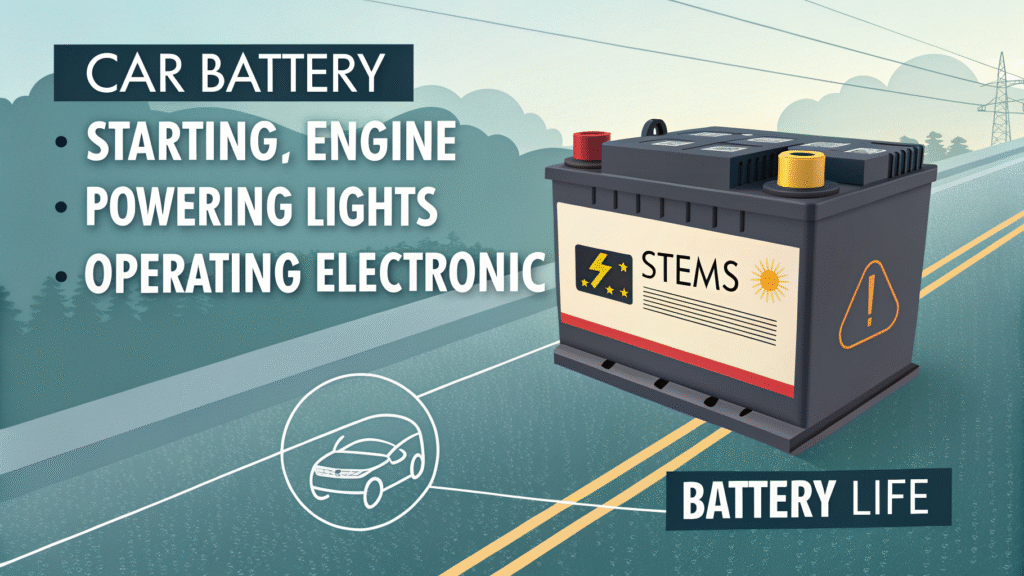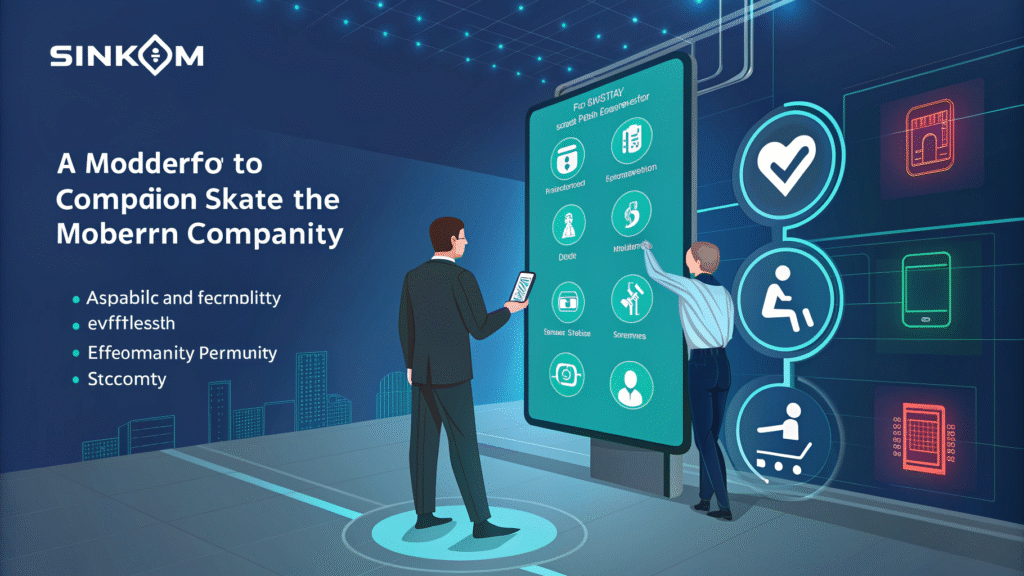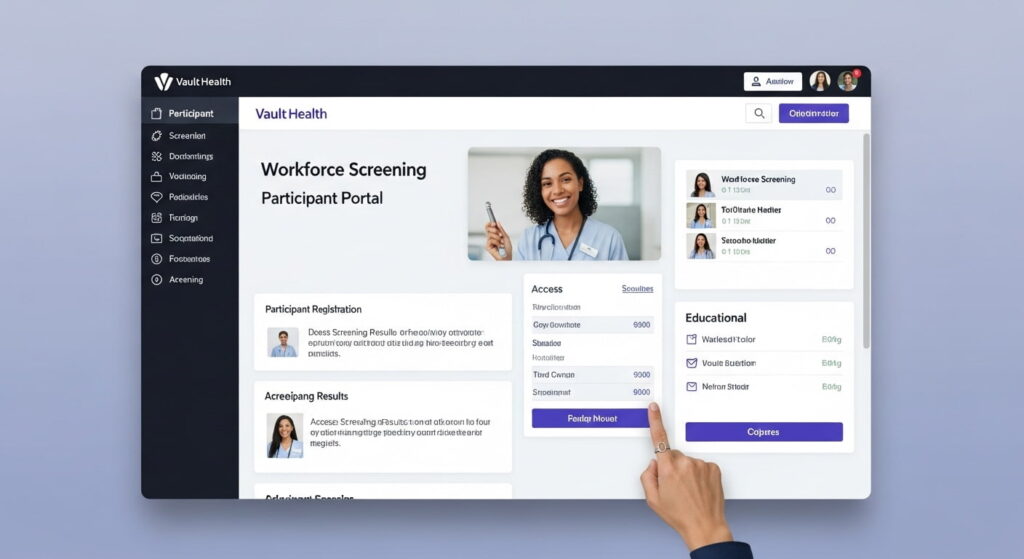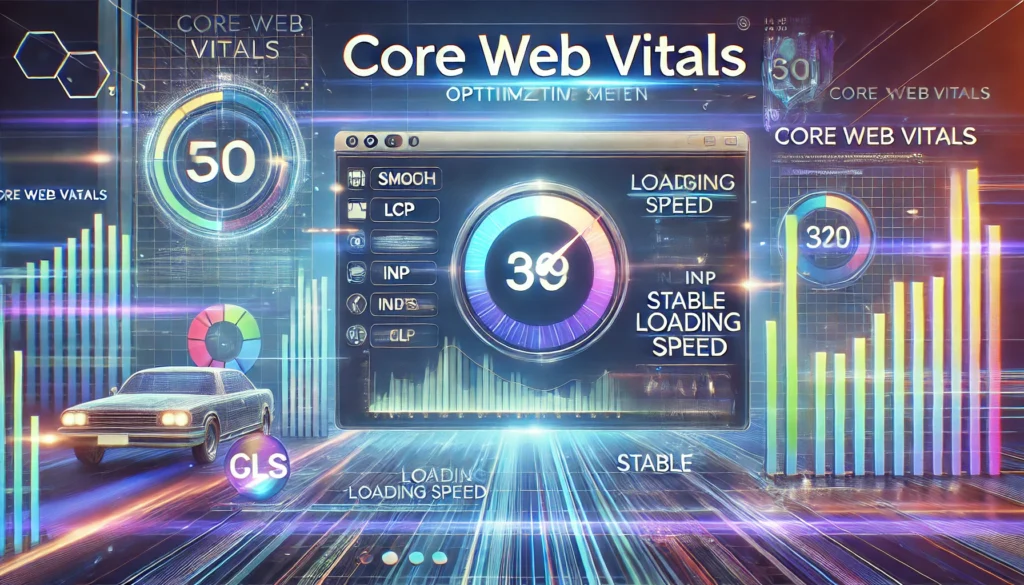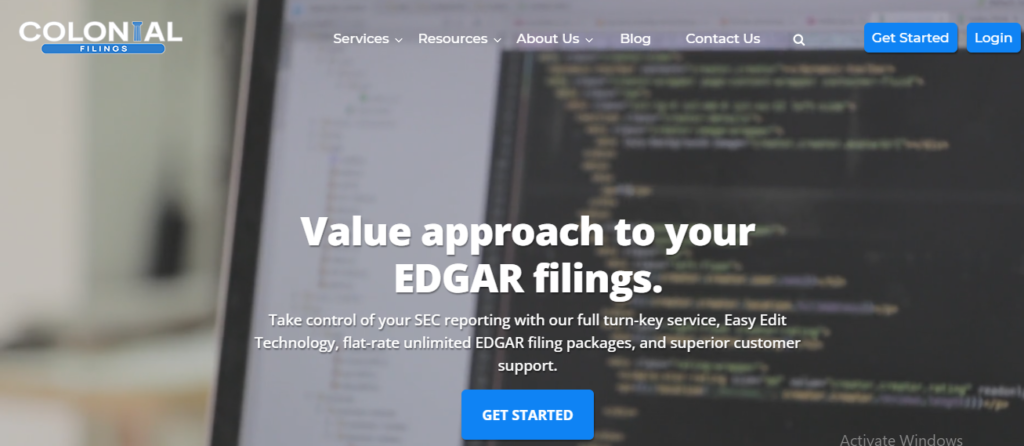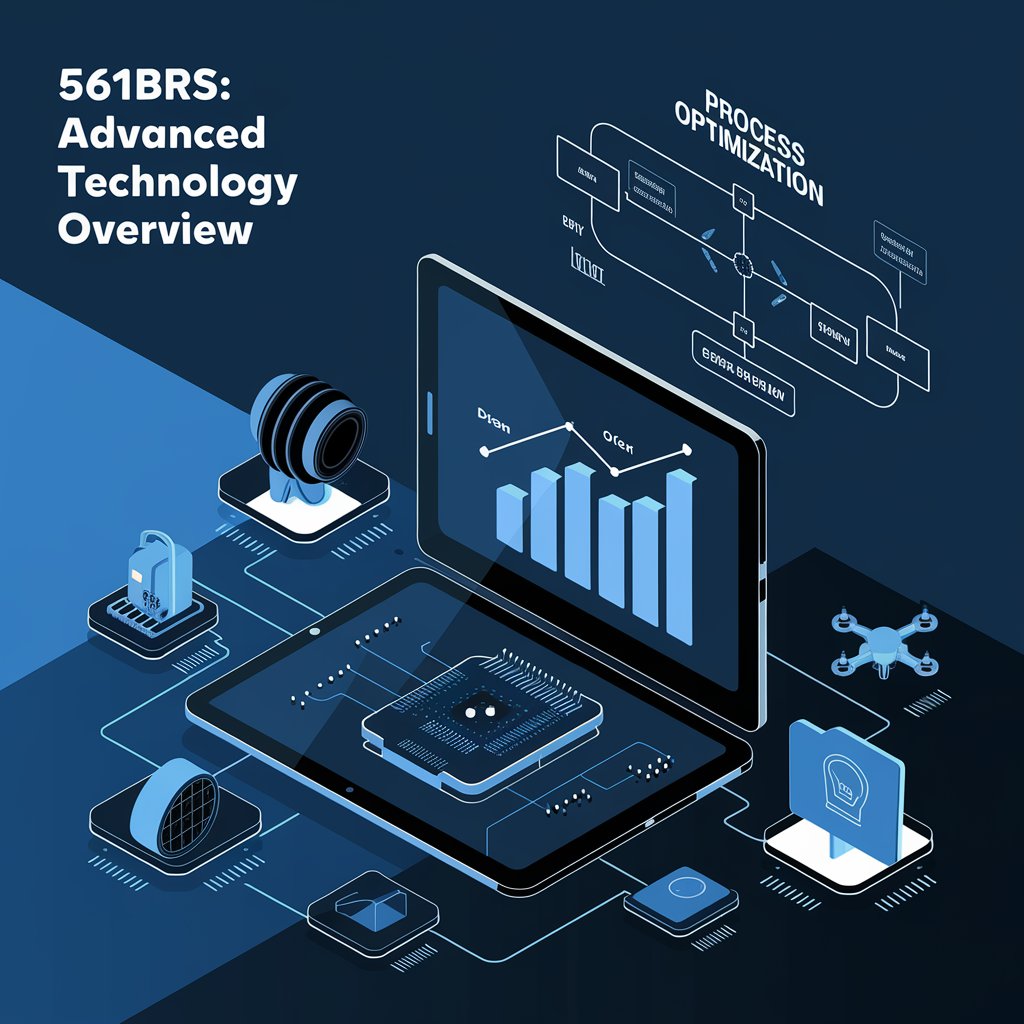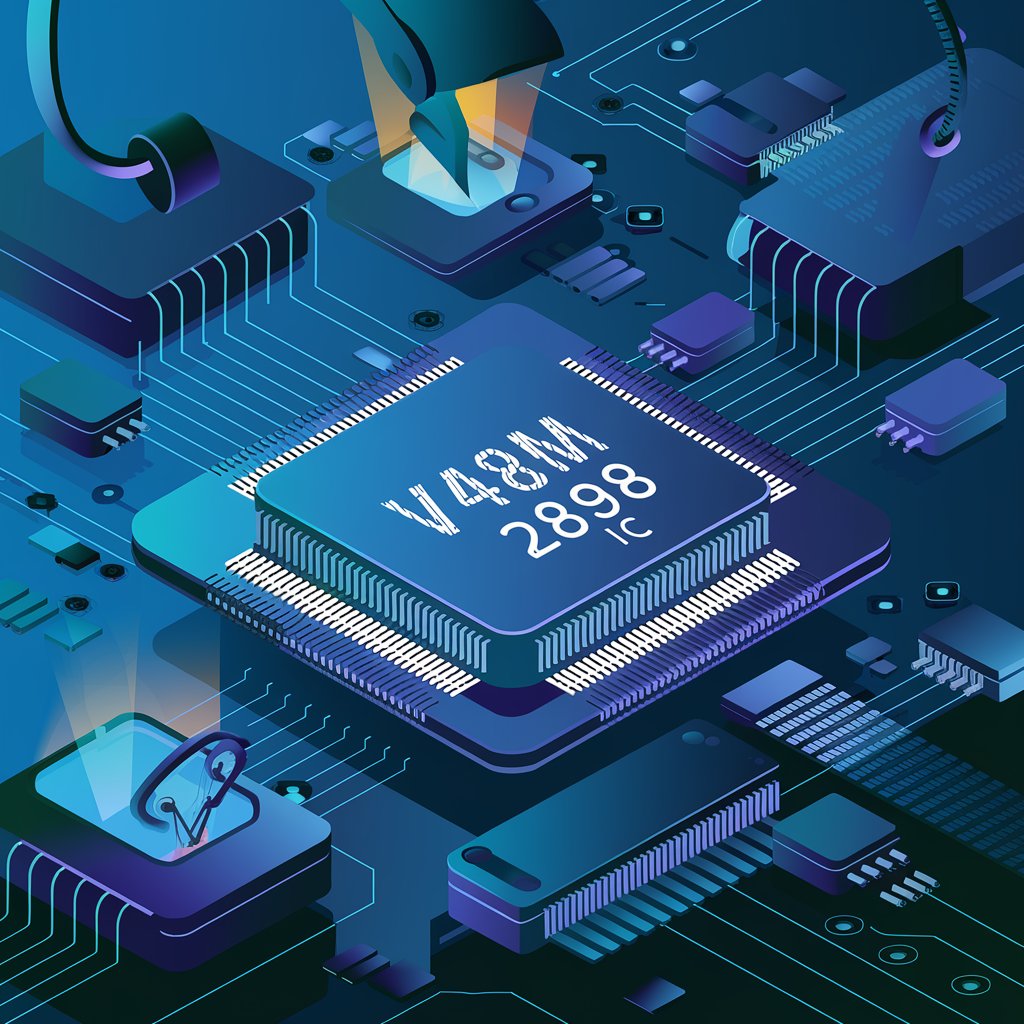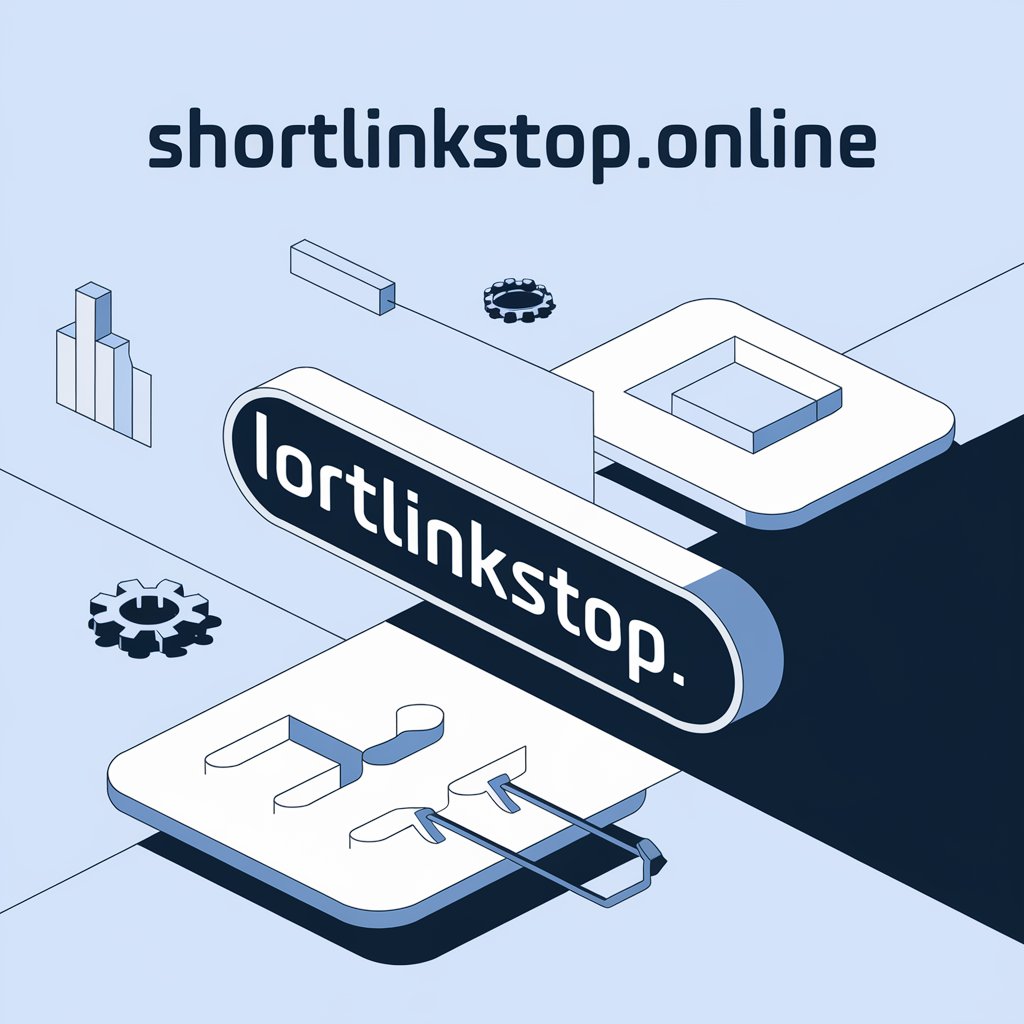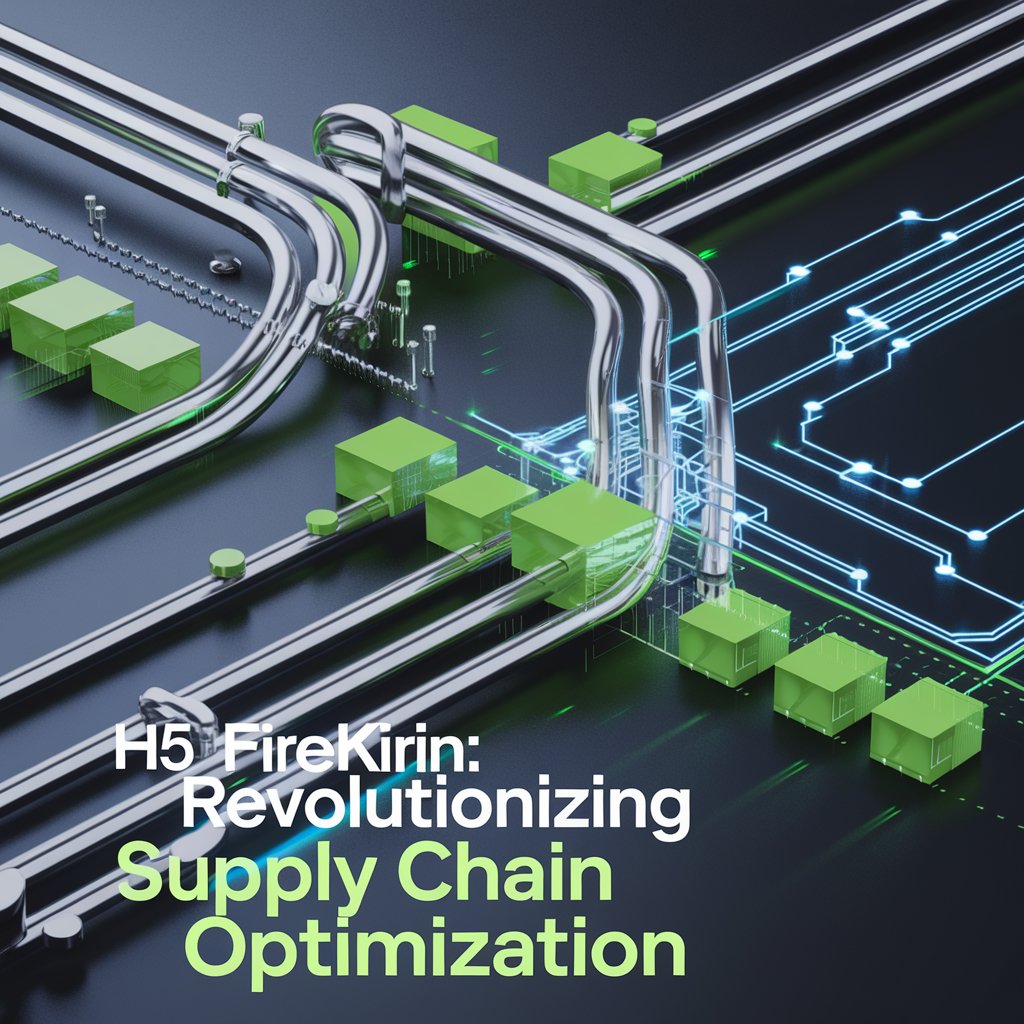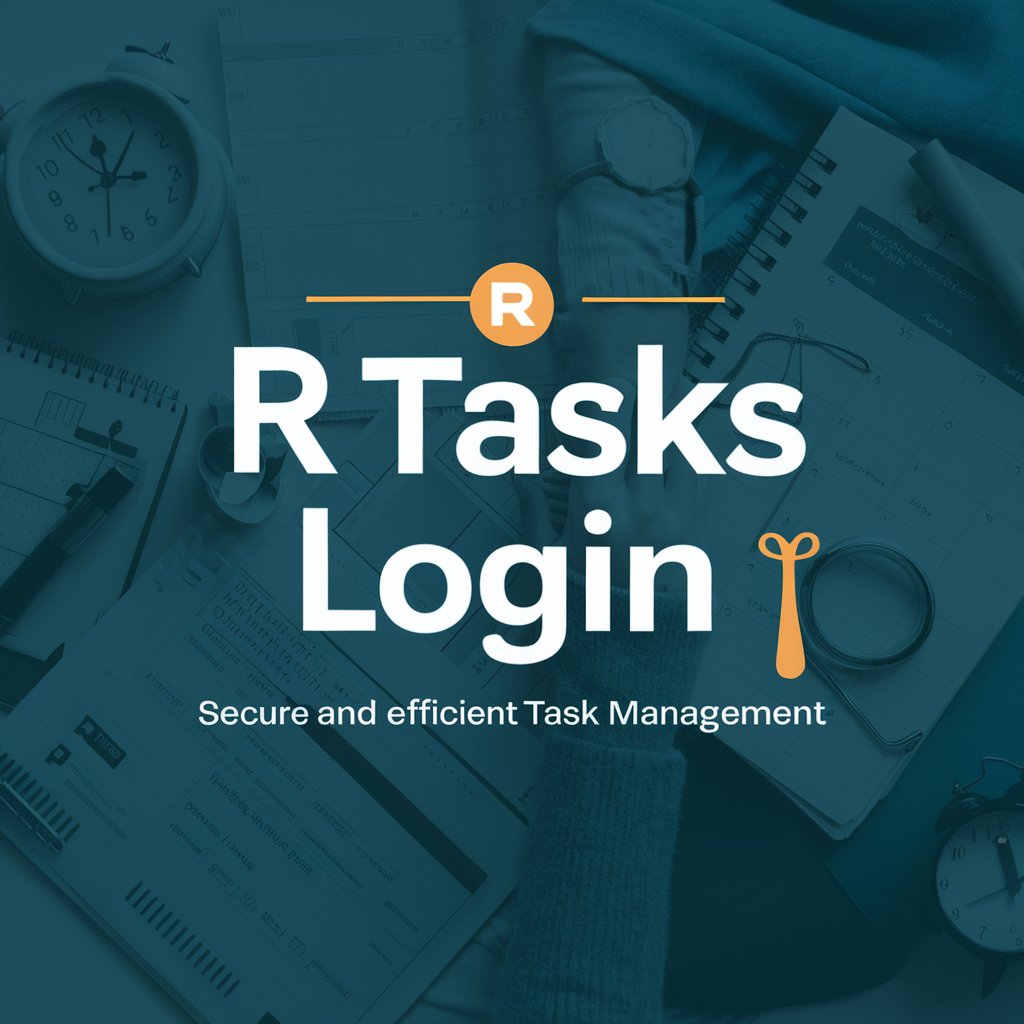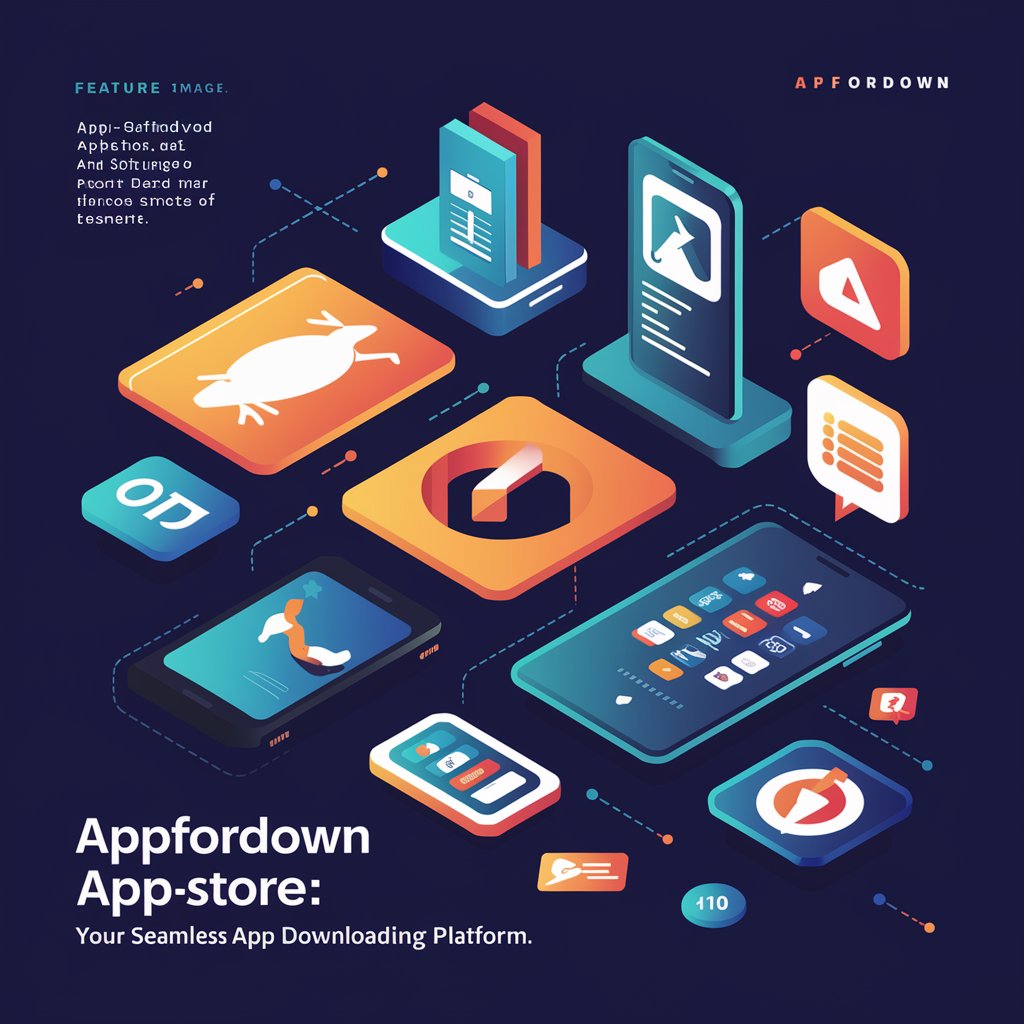CVCVOOV: The Future of Continuous Virtual Connectivity and Operational Value Optimization

Introduction: What Is CVCVOOV?
CVCVOOV, short for Continuous Virtual Connectivity and Optimization of Operational Value, is a transformative concept that is reshaping the way businesses, organizations, and individuals think about connectivity, digital infrastructure, and operational efficiency. As the world becomes increasingly reliant on interconnected systems, CVCVOOV presents a structured approach to enhancing performance, reducing downtime, and increasing the overall value derived from virtual connectivity.
CVCVOOV, short for Continuous Virtual Connectivity and Optimization of Operational Value, represents a significant leap in how we understand and enhance connectivity, ensuring seamless operations and improved efficiency across various industries.
This article will explore what CVCVOOV is, its implications, applications across industries, and how it can revolutionize both the private and public sectors.
What You’ll Learn in This Article
- The origin and development of CVCVOOV
- Key principles of Continuous Virtual Connectivity
- How CVCVOOV optimizes operational value
- Applications of CVCVOOV in various industries
- Frequently asked questions about CVCVOOV
The Origins and Development of CVCVOOV
1.1 Early Concepts of Virtual Connectivity
The concept of virtual connectivity is not new. It dates back to the early days of the internet when the goal was to create interconnected networks that could facilitate communication and data exchange. However, as technology evolved, so did the concept of connectivity, and with it came the need for continuous, reliable, and optimized connections across various platforms.
1.2 Evolution Toward Continuous Connectivity
In the modern digital age, businesses and individuals alike demand uninterrupted connectivity. Traditional networks, prone to downtime and inefficiencies, have paved the way for more advanced systems. This need for a more streamlined, always-on connection led to the development of Continuous Virtual Connectivity—systems designed to be flexible, adaptable, and resilient.
1.3 Introducing Optimization of Operational Value
The second half of CVCVOOV focuses on the optimization of operational value. Connectivity alone is not sufficient; the real value comes from how well systems operate under this connectivity. By analyzing and optimizing data flow, resource allocation, and performance metrics, organizations can ensure that their operations derive maximum value from their connected systems.
Key Principles of Continuous Virtual Connectivity
2.1 What Is Continuous Virtual Connectivity?
Continuous Virtual Connectivity refers to the ability of a system or network to remain consistently connected without experiencing interruptions. It encompasses:
- Network Redundancy: Ensuring backup systems and multiple pathways for data transmission.
- Real-Time Data Exchange: Facilitating the instant transfer of information.
- Scalability: The ability to grow and adapt to increased demand without losing efficiency.
2.2 The Importance of Resilience
One of the cornerstones of CVCVOOV is network resilience. In today’s world, any disruption in connectivity can result in lost revenue, inefficiencies, and reduced customer satisfaction. CVCVOOV emphasizes building networks that are resistant to outages, cyberattacks, and hardware failures.
2.3 Automation and Self-Optimization
With the rise of artificial intelligence and machine learning, CVCVOOV incorporates automated systems that can self-optimize. These systems analyze data in real time and make adjustments to optimize connectivity and performance without the need for manual intervention.
How CVCVOOV Optimizes Operational Value
3.1 Understanding Operational Value
Operational value is the benefit that an organization or individual derives from their activities and processes. This value can be measured in terms of productivity, revenue, customer satisfaction, and overall efficiency. In a world dominated by virtual interactions, the key to optimizing this value lies in ensuring that systems are running smoothly and efficiently.
3.2 Efficiency Gains Through Data-Driven Decision Making
CVCVOOV systems rely heavily on data-driven decision-making processes. By collecting and analyzing data from various sources, these systems can identify bottlenecks, predict failures, and recommend adjustments to ensure that operations continue to run smoothly.
3.3 Reducing Downtime
One of the major ways CVCVOOV optimizes operational value is by reducing downtime. Downtime, whether due to network issues, equipment failure, or human error, can be incredibly costly. CVCVOOV systems are designed to predict and prevent these failures, ensuring maximum uptime and operational continuity.
Applications of CVCVOOV Across Industries
4.1 Healthcare
In healthcare, CVCVOOV ensures that critical systems such as patient records, diagnostic tools, and treatment devices remain connected and operational at all times. Continuous connectivity allows for real-time patient monitoring, while operational optimization ensures that resources like staff and medical equipment are used efficiently.
4.2 Manufacturing
Manufacturing industries benefit greatly from CVCVOOV, especially with the advent of smart factories. Machines connected through continuous virtual networks can communicate with each other, identify inefficiencies, and adjust processes to optimize production output. This leads to reduced waste, lower costs, and improved overall productivity.
4.3 Finance and Banking
For the finance sector, continuous connectivity is essential for real-time transactions, stock exchanges, and customer interactions. CVCVOOV helps banks and financial institutions optimize their online services, preventing downtime and ensuring secure, reliable transactions.
4.4 Telecommunications
Telecommunication companies rely heavily on uninterrupted networks to provide services to millions of customers. By adopting CVCVOOV principles, these companies can optimize their networks, reduce congestion, and improve service quality for both residential and commercial customers.
Benefits of Adopting CVCVOOV
5.1 Enhanced Productivity
When systems are continuously connected and operating at their full potential, productivity increases. Employees spend less time troubleshooting technical issues, and systems can handle larger workloads without breaking down.
5.2 Improved Customer Satisfaction
Customers expect fast, reliable services, whether they are using an app, website, or other online services. CVCVOOV ensures that these systems are always available, leading to improved customer experiences and satisfaction.
5.3 Cost Reduction
By preventing system failures and reducing downtime, businesses can save significant amounts of money. CVCVOOV allows for more efficient use of resources, resulting in lower operational costs.
The Future of CVCVOOV
6.1 Emerging Technologies
As new technologies emerge, CVCVOOV will continue to evolve. Artificial intelligence, 5G networks, and blockchain technologies will all play a role in enhancing continuous connectivity and operational optimization.
6.2 Challenges and Opportunities
While the benefits of CVCVOOV are clear, there are also challenges that come with implementing such systems. High upfront costs, complex integration processes, and the need for skilled professionals to manage these systems are some of the obstacles that organizations may face.
However, the long-term opportunities outweigh these challenges. Businesses that adopt CVCVOOV early will gain a competitive edge, as they will be able to offer better services, reduce costs, and adapt to changing market conditions more quickly.
FAQs About CVCVOOV
Q1: What does CVCVOOV stand for?
CVCVOOV stands for Continuous Virtual Connectivity and Optimization of Operational Value.
Q2: How does CVCVOOV benefit businesses?
CVCVOOV benefits businesses by ensuring continuous connectivity, optimizing operations, reducing downtime, and improving overall efficiency and customer satisfaction.
Q3: Which industries can benefit the most from CVCVOOV?
Industries such as healthcare, manufacturing, finance, and telecommunications can benefit the most from CVCVOOV due to their reliance on continuous connectivity and operational efficiency.
Q4: Is CVCVOOV expensive to implement?
While the initial cost of implementing CVCVOOV systems can be high, the long-term benefits, such as reduced downtime and increased efficiency, make it a cost-effective investment.
Q5: Can small businesses adopt CVCVOOV?
Yes, small businesses can adopt CVCVOOV by starting with scalable systems that fit their needs and budget. As the business grows, the system can be expanded to accommodate increased demand.
Conclusion: CVCVOOV – A Game Changer in Virtual Connectivity and Operational Efficiency
CVCVOOV represents a significant shift in how we think about connectivity and operational efficiency. By ensuring that systems remain continuously connected and optimized, businesses can improve their productivity, reduce costs, and provide better services to their customers. Whether you’re in healthcare, manufacturing, finance, or telecommunications, adopting CVCVOOV can provide a competitive advantage and set your organization up for success in the digital age.
 English
English 